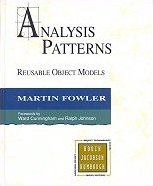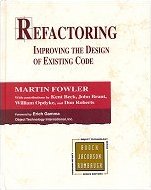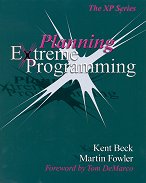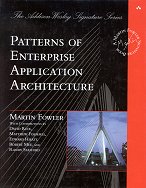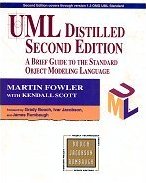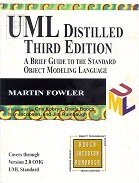Design Patterns have caught the OO community's imagination, and taken off in a big way. Analysis Patterns have taken longer to do so, partly because historical development of most new computing technique works backwards from implementation through design to analysis, and partly because analysis is harder to generalise than design: it is more domain specific.
Fowler has made an excellent first stab at documenting Analysis Patterns. He admits there is a lot more to do, but this book does provide a valuable starting point. I think its value lies in providing good examples of the kinds of patterns that occur at the analysis level, rather than that the patterns themselves are as reusable as the ones in the GoF's Design Patterns. So it provides meta-advice -- but it does that well.
My only, minor, quibble is the notation. I find it a little "noisy". Now that UML is available (it wasn't quite stabilised enough to be used when the book was first published) I would love to see a second edition using it. (It is interesting to compare the material on Association Patterns in Chapter 15 here, redone to some extent in Chapter 6 of UML Distilled.)
Patterns include:
- Accountability
- Modelling organisational structures: party, hierarchies, accountability, knowledge levels, operating scope
- Observations and Measurements
- Modelling clinical observations: quantity, conversions, measurement, observation, measurement protocol, time record, rejected observations, hyupothesis
- Observations for Corporate Finance
- Extending the clinical model for a new domain: enterprise segment, causal and comparative measurement protocols, range
- Referring to objects
- object identity issues: name, identification scheme, merge, equivalence
- Inventory and Accounting
- Tracking money and goods moving through an organisation: account, transaction, entry, posting rules, accounting practice, balance sheet
- Planning
- Planning, tracking and scheduling resources: action, plan, suspension, resource, asset, consumable, start and outcome
- Trading
- Buying and selling goods and currencies: contract, instrument, portfolio, portfolio filter, quote, scenario
- Derivative Contracts
- Problems of generalisation hierarchies: forward contract, option
Other modelling advice includes:
- Packages
- Visibility problems and trade-offs: architectural layers, mutual visibility
- Layered architectures
- A common way of structuring information systems: two-tier and three-tier, facades
- Application Facades
- Presenting only the relevant part of the domain model to an application
- Design Templates
- Implementation considerations
- Association Patterns
- Accosiative type, keyed mapping, historic mapping
